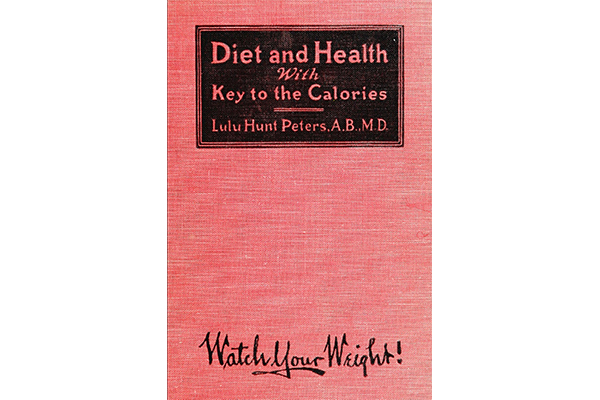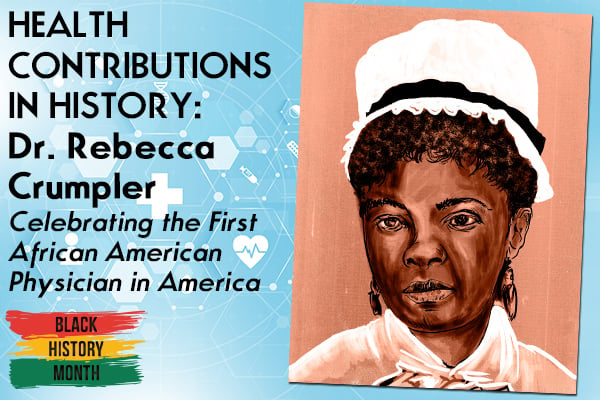
“If there is anything comparable to the joy taking in your clothes, I have not experienced it.” -Lulu Hunt Peters
Have you ever wondered where the trend to slim down started? Long before there were Miami Beach Diets, Jane Fonda, Peleton, pilates, gastric bypass surgery, and keto, one woman was on a weight-loss mission, Dr. Lulu Hunt Peters was a voice of reason in a world desperate to be thin.
Dr. Lulu Hunt Peters wrote the first best-selling diet book – Diet and Health with Key to Calories, published in 1918. In it, Ms. Peters introduced the concept of reducing body size by counting calories. Considering it wasn’t until the early 20h century that measuring food in calories as units of heat burned for energy was solidly understood, that was a stunning accomplishment.
Even more impressive, she did it at a time when women didn’t yet have the right to vote and were scarcely allowed to voice their opinion, let alone influence the course of dieting for the next 70 years.

History of Thin
Due to a more abundant and healthier food supply, Americans grew taller and more robust from colonial times to the mid-19th century than their European cousins. The ideal woman was plump, thought to be more capable of birthing healthy babies, till the soil and survive diseases.
Around 1880, different ideals regarding the female physique began to emerge, and by the turn of the century, thin was in officially. While science proved that too many pounds were terrible for life expectancy, being overweight became increasingly shameful. Apothecaries and snake-oil salesman took full advantage of this new demand to slim down with tonics and “fat salts” that promised to melt away fat.
In 1917, America entered WW1, and patriotic women were asked to abandon their corset metal for the war effort. Women everywhere stopped lacing their corsets and turned to diet to achieve the slim look they desired. Before too long, the waifish flapper look was in, setting the stage for Lulu’s “reducing” revolution.

The Calorie Queen
Lulu Hunt Peters spent her childhood overweight. She earned her medical degree from Berkely in 1909 and immediately began working on a solution to her fat problem. Peters did a wide range of research and created a sensible regiment of counting calories that she used to lose 70 pounds.
With her dieting success to showcase, Peters began a public health campaign to educate people about healthy eating, exercise, and weight control. Peter’s wrote a nationally-syndicated newspaper column that promoted healthy eating practices while railing against freak weight loss schemes like purging and tapeworms. Peters would also warn that diet pills contained potentially dangerous elements like mercury and arsenic.
In 1918, Peters released her seminal work. Although it was written over a century ago, Diet and Health is amazingly on point compared to today’s best practices in weight-loss methodology. Based on the absolute fact that to lose weight, calories taken in must not exceed calories burned. Peters also devised an accurate way to calculate both calories in food and one’s ideal body weight.

Diet and Health was written almost exclusively for an audience of middle to upper-class, educated women. Part of Peter’s appeal was that she took a very clinical, dry subject and turned it into a fun read filled with humor, wit, and wisdom. Thanks to its chatty style, and its effectiveness, Diet and Health climbed the bestseller list and stayed there for four years.
To date, Diet and Health has sold over 2 million copies and is still in print, although critics today are less complementary of Peters. She was known for her caustic wit and could be rather harsh and judgmental to those who failed to live up to the physical ideal.
Diet and Health, and her syndicated column made Peters the country’s first famous health guru and, during the 1920s, the most well-known female doctor in America. Lulu Hunt Peters insights are still relevant today, and people around the world still follow her advice.














